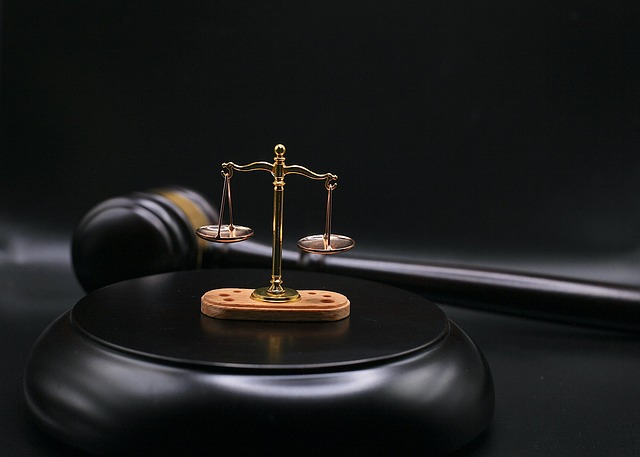Judicial Recusal: Safeguarding Impartiality in the Courtroom
Introduction: In the intricate dance of justice, one often overlooked yet crucial aspect is judicial recusal. This legal mechanism, designed to preserve the integrity of court proceedings, ensures that judges step aside when their impartiality might be questioned. As we delve into this topic, we'll explore its significance, challenges, and evolving standards in modern jurisprudence.

Historical Context and Evolution
The roots of judicial recusal can be traced back to ancient legal systems. In Roman law, the principle of nemo iudex in causa sua (no one should be a judge in their own case) laid the groundwork for modern recusal practices. Over centuries, this concept has evolved, adapting to changing societal norms and legal complexities.
In common law jurisdictions, the development of recusal standards has been gradual. Early English courts focused primarily on direct financial interests as grounds for disqualification. As legal systems matured, the scope of recusal expanded to include various forms of bias and conflict of interest. The 20th century saw significant advancements, with many countries codifying recusal rules in statutes and judicial codes of conduct.
Current Legal Standards and Practices
Today, recusal standards vary across jurisdictions but generally center on the appearance of impartiality. In the United States, federal law requires judges to disqualify themselves in any proceeding where their impartiality might reasonably be questioned. This includes cases involving personal bias, financial interests, or prior involvement in the matter at hand.
Many countries have adopted similar standards, emphasizing both actual and perceived conflicts. The European Court of Human Rights, for instance, applies a two-pronged test: a subjective test examining the judge’s personal convictions, and an objective test assessing whether there are ascertainable facts that may raise doubts about impartiality.
Challenges in Implementation
Despite clear guidelines, judicial recusal remains a complex issue. One primary challenge is the subjective nature of bias. Judges must often make difficult decisions about their own impartiality, balancing ethical obligations against the duty to hear cases assigned to them.
Another hurdle is the potential for abuse of recusal motions. Parties may sometimes use recusal requests as a tactical maneuver to delay proceedings or seek a more favorable judge. Courts must navigate these challenges carefully, ensuring that legitimate concerns are addressed while preventing unwarranted disruptions to the judicial process.
High-Profile Cases and Controversies
Recent years have seen several high-profile recusal controversies that have sparked public debate. In some instances, judges have faced criticism for not recusing themselves in cases involving political figures or corporations with which they had prior associations. These cases have highlighted the need for clear, consistent recusal standards and heightened transparency in judicial decision-making.
One notable example is the ongoing debate surrounding recusal practices in the U.S. Supreme Court. Unlike lower courts, Supreme Court justices are not bound by the Code of Conduct for United States Judges, leading to calls for reform and the adoption of more stringent ethical guidelines for the nation’s highest court.
Technological Advancements and Recusal
The digital age has introduced new complexities to judicial recusal. Social media and online activities have expanded the potential for conflicts of interest and the appearance of bias. Judges must now consider their digital footprint and online connections when evaluating potential conflicts.
Some jurisdictions have begun incorporating these considerations into their recusal guidelines. For instance, the American Bar Association has issued opinions on the ethical implications of judges’ social media use and its potential impact on recusal decisions.
Future Trends and Reform Efforts
As legal systems continue to evolve, so too do approaches to judicial recusal. There is a growing push for more transparent and standardized recusal procedures across jurisdictions. Some proposed reforms include:
-
Mandatory disclosure of potential conflicts
-
Independent review of recusal decisions
-
Clearer guidelines on social media and online activities
-
Enhanced ethical training for judges
These efforts aim to strengthen public trust in the judiciary while providing judges with clearer guidance on navigating complex ethical dilemmas.
In conclusion, judicial recusal remains a vital safeguard of judicial integrity and impartiality. As legal systems face new challenges and evolving societal expectations, the principles underlying recusal continue to adapt. By addressing current challenges and embracing reforms, the legal community can ensure that this crucial mechanism remains effective in upholding the fundamental tenets of justice and fairness in our courts.





